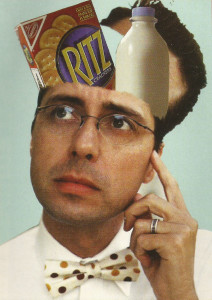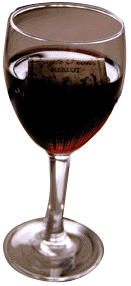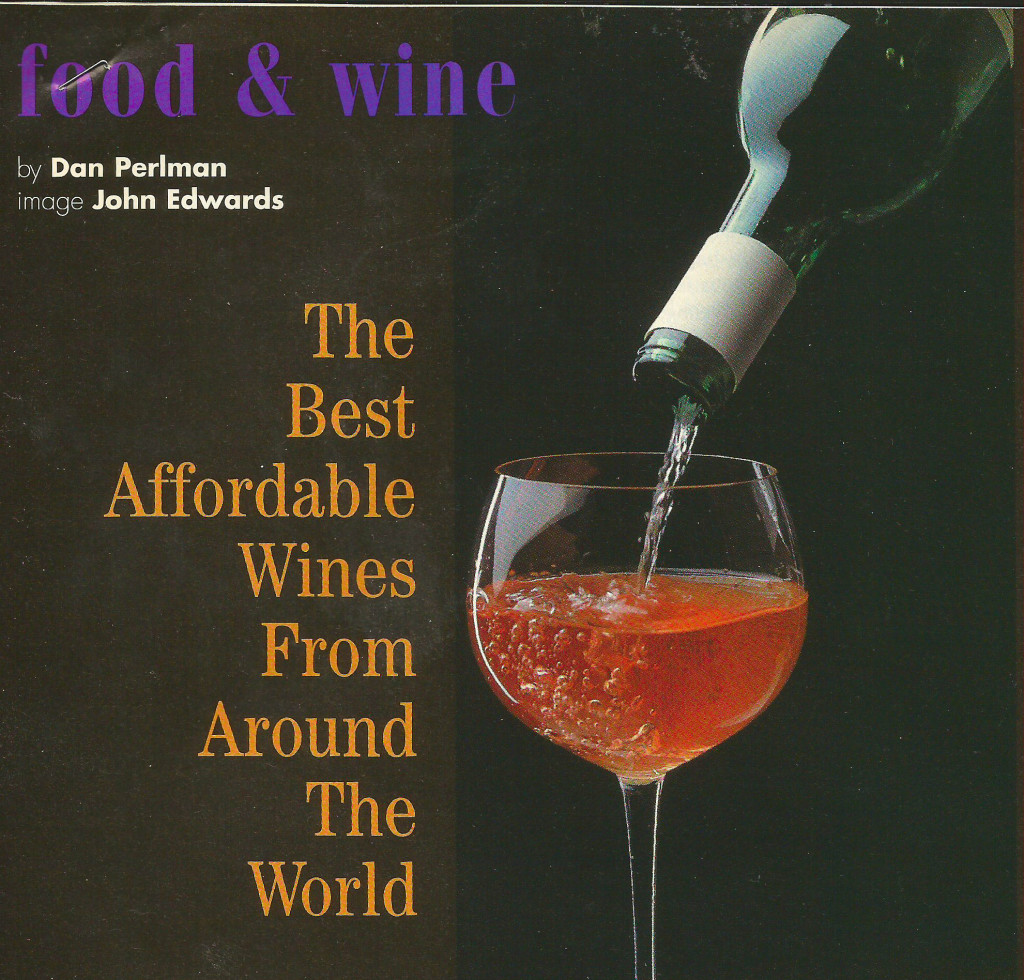Q San Francisco
September 1999
Pages 52-53
Food for Thought
Inventor Nikola Tesla subsisted a good portion of his adult life on milk and Ritz crackers, served in multiples of the number three. He basically invented “AC” electrical current. He tried to invent a way to transmit it through the air so we wouldn’t have to plug things in. He was terrified of pearl earrings.
Noted inventor Oliver Heaviside, who essentially created the technology for long distance telephone circuits, lived primarily on milk and potatoes. Occasionally he helped himself to a cauliflower as a treat. He was a teetotaler who believed that he could get alcohol poisoning by eating grapes. His mathematics were so advanced that many of his formulae are still considered advanced today. He painted his nails cherry pink on a daily basis and used large granite blocks as furniture.
Among his many literary accomplishments, Samuel Johnson could include the Dictionary of the English Language. Written in the late eighteenth century, it is still considered one of the finest reference works on the subject, replete with quotes and examples instead of simple definitions. Rancid rabbit meat and meat pies with rancid butter sent him into a feeding frenzy. Among his quirks, he wouldn’t walk through a doorway, instead he jumped through from several feet away.
Though not well known outside the scientific community, chemist and mineralogist Richard Kirwan was a pioneer in multiple fields. He published numerous important books on chemistry, mineralogy, geology, and meteorology, some of which remain standards to this day. His entire diet consisted of eating ham and milk. Terrified, however, of being seen swallowing, he would leave the dinner table to do so, and then return to his guests. An obsessive hatred of flies led him to actually pay neighbors to bring him dead ones.
 Excessively shy, Henry Cavendish, physicist and chemist, wouldn’t let people look at him while talking. He was a famed experimenter, and his accomplishment which most affects our daily lives was the perfection of the mercury thermometer. He lived on lamb and nothing but. His clothes consisted of a rumpled old purple suit and triangular hat and he was so mortified to be in sight of women that he had a second staircase built in his house just to avoid his housekeeper.
Excessively shy, Henry Cavendish, physicist and chemist, wouldn’t let people look at him while talking. He was a famed experimenter, and his accomplishment which most affects our daily lives was the perfection of the mercury thermometer. He lived on lamb and nothing but. His clothes consisted of a rumpled old purple suit and triangular hat and he was so mortified to be in sight of women that he had a second staircase built in his house just to avoid his housekeeper.
Geoffrey Pyke, a sort of renaissance man-inventor, is, let’s face it, not a name that we are all familiar with. He controlled one-third of the world’s tin supply, was a brilliant military strategist, a major charity fund-raiser, and created the first school with a “jungle gym”. Much of his adult diet was limited to herring and crackers. He hated socks.
Before anyone panics and thinks I’m going to try to concoct a recipe from these oddities, relax. I was asked to delve into the idea of “brain food”, i.e., do diet and deep thought correlate. If the above members of the genius circle are any indication, we’re in deep trouble. There are a lot of modern-day nutrition experts out there who are going to have to rethink the value of nutrition on the brain.
In general I am of the view that a good dinner should promote conversation, stimulate activity and create an atmosphere of fun. Now and again, however, it is worth sitting down to a plate and glass that cause one to pause and consider life, the universe, and everything that matters (and has matter). For me, that requires a steak, medium rare, perfectly seared, perhaps crusted with some spices…
Pan-Seared Deep Thought Steak
2 8-12 oz. steaks (I’m fond of porterhouse)
1 tablespoon whole black peppercorns
1 tablespoon whole allspice berries
1 tablespoon coarse salt
1 teaspoon flour
1/4 cup Armagnac or other brandy
1/4 cup heavy cream
Basically, this is my take on a steak au poivre. You’re going to need some sort of spice grinder, coffee bean grinder, blender, whatever. Or you’ll have to use ground spices, but it just isn’t the same. Crush the pepper, allspice and salt together – they should remain somewhat coarse. Rub the steaks on both sides with the mixture and let them sit for twenty minutes.
Heat a large cast iron pan till very hot and then toss in the steaks. Let them brown on the first side, then flip them and brown the other side. Cook until done to your preference. Remove the steaks and set on a plate to rest for a few moments.
Sprinkle the flour into the pan, still over the heat, and stir rapidly, scraping the meat drippings together with the flour until the flour is lightly browned. Take the pan away from the heat if you have an open flame. Pour in the cognac, return to the heat and let it warm in the pan.
You can either light it by slightly tilting the pan to catch a little bit of the flame from the stove, or use a match.
When the flame has died down, stir quickly to incorporate all ingredients. Add the cream and stir until thickened. Pour over the steaks and serve. You can pretty much directly scale this recipe up for more people if you wish, you just might need more than one pan.
Cabernet franc is the under-appreciated ancient parent of the more well-known Cabernet sauvignon. Personally, I prefer it. It has more “wild” or “sauvage” notes, darker fruit, and spicier tones. In my view, some of the world’s greatest reds come from this grape.
Starting in California, because, well, why not, check out the Lang & Reed Cabernet Franc “1er Etage”. This is Fritz Maytag’s winery – the man’s into everything these days – washing machines, blue cheese, gin, rye, and…Cabernet franc. Staying domestic, but crossing the continent, the eastern seaboard offers Millbrook Cabernet Franc Reserve and the Macari Vineyards Cabernet Franc. Joe Macari, at the latter, organically farms too!
On the opposite side of the Atlantic the offerings are almost too many to choose from. The hotbeds of cab franc growing are the Loire Valley, parts of Bordeaux, and northern Italy. From the first, my current pick is the Château de Fesles Anjou “Vieilles Vignes”. In Bordeaux, if it’s in your budget, a bottle of Château Cheval-Blanc St. Emilion, if your credit card would melt like mine, a more than acceptable alternative is Château Figeac St. Emilion. Northern Italy offers my absolutely favorite cab franc, Quintarelli Alzero – it costs nearly as much as just flying to northern Italy, but it’s worth it.
Q San Francisco magazine premiered in late 1995 as a ultra-slick, ultra-hip gay lifestyle magazine targeted primarily for the San Francisco community. It was launched by my friends Don Tuthill and Robert Adams, respectively the publisher and editor-in-chief, who had owned and run Genre magazine for several years prior. They asked me to come along as the food and wine geek, umm, editor, for this venture as well. In order to devote their time to Passport magazine, their newest venture, they ceased publication of QSF in early 2003.





 “They felt so entitled,” he recalls, “and it just hit me. We can blame Mr. Rogers.”
“They felt so entitled,” he recalls, “and it just hit me. We can blame Mr. Rogers.” Apparently, Fred Rogers was evil incarnate. According to the theory, no… make that the spoutings off of a finance professor named Don Chance, at Louisiana State University, it suddenly occured to him one day that the self centered-ness of the current college generation was symptomatic of the attitude instilled in them by growing up with Mr. Rogers’ Neighborhood, the amazingly long lived – 33 years of sheer boredom – show that told kids they were special just the way they were. Thankfully, I guess, I grew up on Bob Keeshan of Captain Kangaroo, who for 29 years of silly stories, hijinks, and cartoons, just simply entertained us. One can’t quite count Romper Room, as I was initially tempted to do, only to find out that not only over its 41 years did it have three different hostesses, Miss Nancy, Miss Sally, and, good golly, Miss Molly, but that was only on the national version – local stations were free to franchise the show and refilm their own versions with their own hostesses as long as they stuck to a reasonably similar format, which several did – including New York and Chicago.
Apparently, Fred Rogers was evil incarnate. According to the theory, no… make that the spoutings off of a finance professor named Don Chance, at Louisiana State University, it suddenly occured to him one day that the self centered-ness of the current college generation was symptomatic of the attitude instilled in them by growing up with Mr. Rogers’ Neighborhood, the amazingly long lived – 33 years of sheer boredom – show that told kids they were special just the way they were. Thankfully, I guess, I grew up on Bob Keeshan of Captain Kangaroo, who for 29 years of silly stories, hijinks, and cartoons, just simply entertained us. One can’t quite count Romper Room, as I was initially tempted to do, only to find out that not only over its 41 years did it have three different hostesses, Miss Nancy, Miss Sally, and, good golly, Miss Molly, but that was only on the national version – local stations were free to franchise the show and refilm their own versions with their own hostesses as long as they stuck to a reasonably similar format, which several did – including New York and Chicago.


